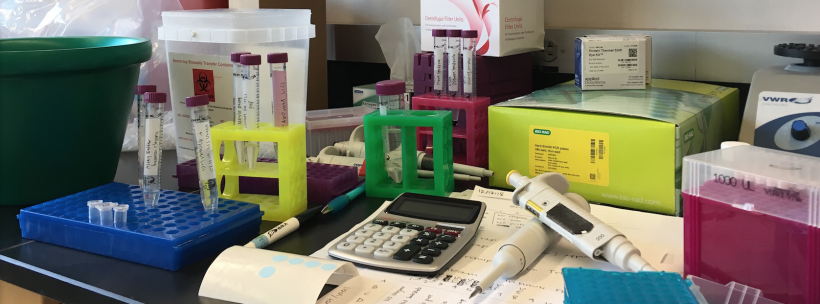20.109(S19): M1 Mini-presentation
Contents
Overview
In addition to the Data Summary, you will complete a Mini-presentation that focuses on training in oral communication. Specifically, you will verbally describe your research project and results from Module 1 in an "elevator pitch" or a "flash talk" format.
The ability to present your research orally is important for networking and relaying your work in settings where you do not have access to visual aids. The term "elevator pitch" is used to describe a brief oral presentation of your work; it suggests that you have the time of an elevator ride to explain the importance and results of your research to someone unfamiliar with your project.
The target audience for this Mini-presentation is a scientifically literate listener who is unfamiliar with your specific field. Thus, you can assume rapid comprehension - but not a priori knowledge.
Logistics
You will complete this assignment individually.
As you prepare your assignment be sure to review the resources provided on the Communication tab.
Please submit your completed Mini-presentation due by Saturday, March 16th at 10 pm to bioeng20.109@gmail.com, with filename Name_LabSection_MP.doc (for example, NoreenLyell_TR_MP.doc).
Formatting and length guidelines
- Your mini-presentation should be 3 minutes long and include the following:
- introduction of your project
- key results from your research (including a statement as to the method(s) used to generate data)
- take-home message
- Your submission should be a video of you delivering your mini-presentation.
- You may use any recording device to which you have access (iPhone, video recorder, etc). NOTE: If you do not have access to a recording device, you can schedule a meeting with the teaching faculty and we will record your mini-presentation.
- The video you submit should not be edited together from multiple attempts. The goal is to describe your research as you would do with a live listener.
Content considerations
Introduction
The introduction of your mini-presentation should both introduce your research project and convey the importance of your work in the context of the field. You want the listener to understand why your project is important and give them the information they need to understand your data.
Results
Your results should be summarized such that the key finding is clear to your listener. When discussing your results, include details that support your claims. For example, instead of simply stating "We identified hits..." include the actual numerical values, "We identified X positive hits with Z-scores of Y, which indicates that ..."
In addition to stating your results, you should include your interpretations of the data you collected.
If it is necessary, you can include details used to obtain your data (e.g. "Using a His tag, we...").
Conclusions
The conclusion should put your project into the context of the larger field of research. How is it that your research advances the field?
Evaluation
| Category | Approximate worth | Elements of a strong presentation |
|---|---|---|
| Content | 50% |
|
| Organization | 25% |
|
| Delivery | 25% |
|
